All your content in one digital platform. For every user.
We help you build intuitive digital experience platforms that make every interaction smoother, faster and more personal.

We help you build intuitive digital experience platforms that make every interaction smoother, faster and more personal.
We help you build intuitive digital experience platforms that make every interaction smoother, faster and more personal.
We help you build intuitive digital experience platforms that make every interaction smoother, faster and more personal.
We help you build intuitive digital experience platforms that make every interaction smoother, faster and more personal.

We help our customers create user-first experience platforms that are clear, relevant and deeply engaging.


Our collaboration goes beyond delivery. We co-create digital platforms that deliver measurable business value: from ideation to development and continuous optimization. Together, we go for long-term impact.


A large-scale website, a multilingual intranet or an information-heavy customer portal... We make sure your platform stays fast, scalable, and user-friendly, for both your team and your audience.


Our in-house teams bring deep technical expertise in CMS, DXP, and enterprise architecture to every project and ensures quality and accountability at every stage.
Customers and employees expect digital experiences to be fast, personal and effortless, every time. A great digital experience can help you:
It is is the foundation for long-term success.
Bring all your digital channels together into one smooth and consistent digital experience. Websites, intranets, apps, portals, ... all connected, all user-friendly.
Get your team up to speed and confident with tools and workflows. Because technology only works if people use it well.
Make work easier with a digital workspace that helps employees find what they need, connect with each other and stay informed.
Your website is your first impression. Let's make sure it’s a good one: fast, clear and built for conversion.
Manage content with less friction and more flexibility. We implement tools like DatoCMS to give you full control, fast.
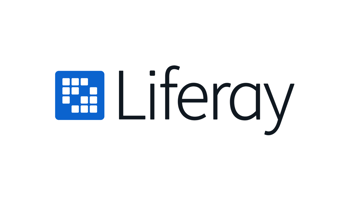
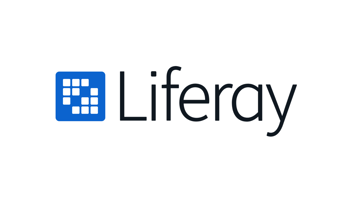
Your all-in-one digital platform.
Build portals, websites, intranets, and commerce experiences with flexibility and power. As a Liferay Gold Partner, we tailor Liferay to fit your organization.
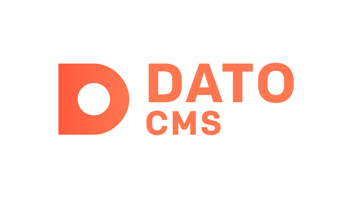
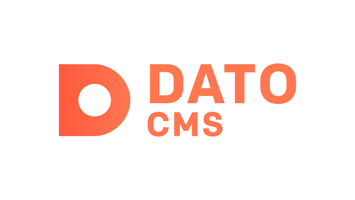
Headless & Scalable.
Looking for a high-performance headless CMS? DatoCMS delivers speed, scalability, and developer freedom.
Contact our experts today.

Contact our experts today.

Contact our experts today.

Contact our experts today.


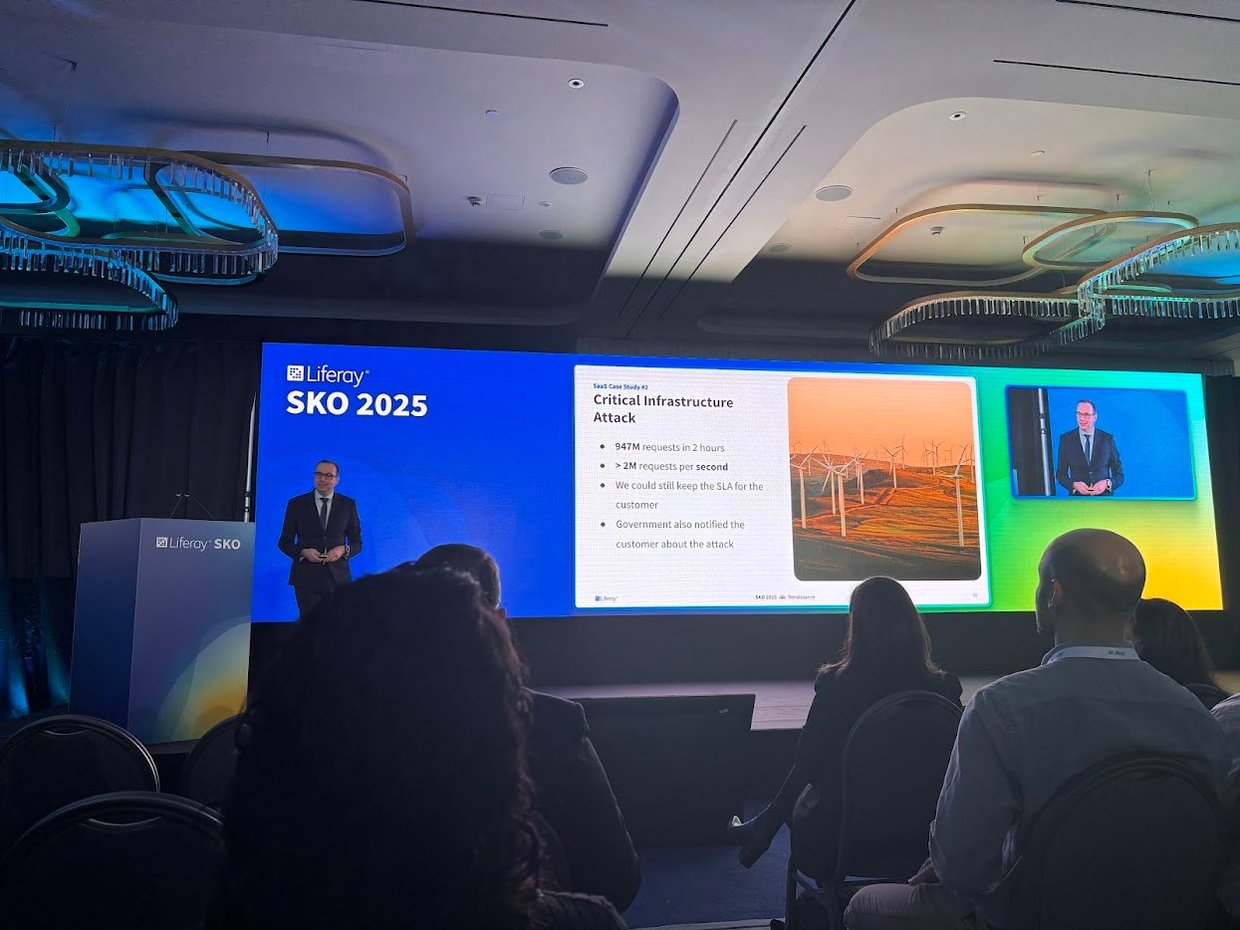
From February 3 to 5, Liferay welcomed its global teams and partners to Athens for the Liferay Sales Kickoff (SKO) . During this annual event, Liferay presents its strategic direction and new features for the upcoming year. Liferay SKO is the place where sales, marketing, and partners come together to get inspired, share insights, discuss best practices, and discover new innovations within Liferay. ACA Group was also present to further discuss our strategic partnership and initiate several joint initiatives. Curious about the most notable announcements from Liferay Sales Kickoff 2025? Discover them below! * Disclaimer: The information and announcements mentioned below are based on Liferay's current insights and plans and are subject to change. New features and products may still be modified or delayed. Liferay PaaS Premium Security Liferay’s SaaS platform was already equipped with an advanced AI-driven firewall that has repeatedly proven its effectiveness. Through several case studies, Liferay demonstrated how this smart security system effortlessly blocks millions of attacks, all this without any intervention from partners or customers. Now, Liferay is bringing this proven security technology to the PaaS platform! With the Hyper Security Pack , PaaS users gain access to the same powerful protection that SaaS users already enjoy. What’s included? 🔹 ML DDoS Protection – Robots versus robots! The AI-driven DDoS protection from SaaS is now available for PaaS. 🔹 Blocking Bots – Advanced filters separate humans from machines and offer regional configuration options. 🔹 Scaling Insurance – Liferay automatically scales with your DXP at no extra cost. 🔹 Vulnerability Notifications – Immediate alerts for critical vulnerabilities, plus assistance with patching. 🔹 Vulnerability Report Processing – Submit your security report to Liferay and receive a prioritized list of action items. For SaaS users , this protection is included by default, while PaaS users can add this package as an add-on. Liferay Digital Days: training and events for customers Liferay is launching Digital Days ! These hands-on training sessions will introduce you to the latest features. But that’s not all, because Liferay is also taking the Customer Summit World Tour around the globe in 2025! These large-scale events will bring together partners and customers, providing the perfect opportunity to immerse yourself in the latest trends, insights, and possibilities within Liferay. Teaser Showcases demonstrate Liferay’s USPs ACA already has multiple Liferay environments to demonstrate the platform’s endless possibilities. Now, Liferay is making this even easier. With 8 Teaser Showcases, we can now present Liferay’s unique selling points (USPs) to potential customers in a clear and compelling way. These Teaser Showcases are the perfect complement to existing product trials and personalized demos, allowing customers to explore Liferay’s capabilities at their own pace. Liferay CMS: a small but powerful new addition The Liferay family is growing! Later this year, Liferay will launch a new Liferay CMS , a lighter alternative to the comprehensive Liferay DXP. While this smaller version won’t include all the features of Liferay DXP, it is the perfect solution for smaller projects that need a powerful and flexible CMS . Not all details are available yet, but ACA is closely following the developments. We are confident that Liferay CMS will be a valuable addition to our product portfolio. Liferay continues to grow Liferay continues to impress with its global growth! The partner network has now expanded to 400 partners worldwide , with a strong focus on the EMEA market . On a product level, Liferay is also making significant strides. In the Gartner Magic Quadrant , the platform continues to move upward toward the Leaders category, a testament to its strength and innovation. Additionally, Liferay is now ranked among the top three DXP Customer Choice platforms by Gartner, alongside Adobe and Pimcore. It’s a recognition of the trust and appreciation from users worldwide. Many more new features for Liferay DXP Liferay also introduced numerous new features for the Liferay DXP platform. Highlights include: Customizable Content Editor: Tailor the editor to fit your project’s needs. Advanced Export/Import: An improved import/export functionality with staging support and detailed error reporting. Camunda integration: Smooth two-way integration with Camunda for better workflow automation. Cloud Native Experience: Additional tools to run self-hosted Liferay DXP effortlessly on AWS, Google Cloud , or Azure . AI Wizard : A smart AI assistant that quickly creates pages, blogs, and media. Upload a sketch photo, and the wizard generates a complete page structure with fragments! Intelligent Search: Liferay’s search function gets a major upgrade. In addition to classic keyword search, there is now a powerful semantic search engine, fully customizable to your needs. 💡Curious about Liferay’s future plans? Check out their public roadmap at https://liferay.com/roadmap . Get started with the new Liferay updates? With these new developments, Liferay is taking its platform to the next level, making it more secure, user-friendly, and attractive than ever for both partners and customers. For ACA, it’s a fantastic opportunity to strengthen our market position and fully leverage these innovations. Want to know how these updates can benefit your organization? We’re happy to think along with you! Contact us!
Read more

When building products, there is a growing recognition that success isn’t just about delivering features or hitting deadlines. Instead, it’s about delivering real value to customers and achieving business impact. This requires a shift in mindset from output-driven to outcome-driven thinking. In this post, we'll explore why prioritizing outcomes over output is essential for building successful products, and how you can adopt this approach in your own work. What does “outcomes over output” mean? In the world of business, the terms outcome and output are often used interchangeably, causing a bit of confusion. However, it is important to have a clear understanding of the distinction between these two terms . Although they may seem straightforward, let's define them to ensure we are all on the same page. Let’s imagine you’ve been feeling exhausted lately, so you start working out in the gym to feel more energized. Some people might say that the outcome of your gym routine is the hours you’ve spent working out and the amount of weight you’ve lifted. But the real outcome of your routine is much more significant than that . The outcome is that you feel stronger, more confident, and healthier. The outcome is the way in which your hard work (the output) has translated into a better quality of life and a more positive self-image. The outcome is the way in which your problem was solved by the output. In a business context, an outcome refers to the impact your product has on the organization and its customers and stakeholders, while an output refers to the tangible things your (development) team produces, like documents, software, and tests. Focusing on outcome over output means defining success based on achieving a specific outcome and measuring progress based on how close you are to reaching that outcome. The goal of your team is not to produce outputs; it’s to reach a specific outcome. A successful team strives to maximize the desired outcome while minimizing the amount of work produced. The benefits of an outcome-driven approach 1. It helps you escape from the build trap The first Agile Principle states that your top priority is to make your customers happy by delivering valuable software as early and consistently as possible. As agile practices are adopted in various fields, people have rephrased this principle to emphasize the importance of delivering value to customers quickly and consistently. When you measure success based on an outcome-driven metric, like “ increasing newsletter click-through rates by 15% within six months ”, you immediately connect your team's efforts to the value for your organization and customers. This helps you understand the impact you're making and when you're truly making a difference. In contrast, when you measure success by looking only at the things you produce, such as “ the number of features delivered ” or “ the number of completed points in a scrum sprint ”, you risk running into what Melissa Perri (product management expert, speaker and author) refers to as “the build trap”. This trap involves focusing solely on creating features without considering the desired outcomes. When organizations prioritize output over outcomes, they risk getting caught in a cycle of building more and more features without truly understanding if they are solving customer problems or driving business value. By fixating on feature delivery as a measure of success, you may lose sight of the bigger picture. It doesn't tell you if you're building the right things. So, it is essential to shift your focus to the outcomes that matter. This requires a mindset shift that places the customer's needs and desired results at the forefront. By defining success based on outcomes, your team can escape from the build trap . 2. It helps you focus on learning and iterating When you start thinking critically about value delivery instead of feature delivery, you quickly run into the problem I’ve addressed previously: how can you be sure that the features you’re building are actually going to deliver value? An outcome-driven approach recognizes that you may not have all the answers from the start and that learning is an important part of the process. This is why, when working with outcomes, you need a companion tool: the experiment. When you combine outcome-driven thinking with a process that’s based on running experiments, you really start to unlock the true potential of agile approaches. This is especially valuable in situations where there is a lot of uncertainty. For example, when creating a new software product, you may not be sure if it will have the desired impact on your business or if all the fancy features you came up with are necessary. By focusing on outcomes, you can set goals that allow your team to experiment and try different solutions until they find what works best. In an agile context, we treat each step as a hypothesis and an experiment aimed at achieving a specific outcome. This is where the concept of an MVP, or Minimum Viable Product , comes in. Think of MVP as the smallest thing you can do or the smallest thing you can build to learn if your hypothesis is correct. This iterative process of testing, learning, and adapting allows teams to experiment, to try different solutions, until they hit on the one that works. 3. It helps your team reach more autonomy Employees often find it challenging to feel a profound sense of purpose and motivation solely from the output they produce. What truly drives individuals to show up at work each day is not the specific tasks they engage in day by day, but rather the meaningful outcomes their work will ultimately contribute to . An emphasis on outcomes helps align your team around a common purpose and shared goals. By providing clarity on what needs to be achieved, you can motivate and empower your team to work together towards clear goals that the product should achieve. This allows your team to prioritize their work, and build features that contribute to achieving those goals. Allowing them to make decisions about the features they build, will give a greater sense of ownership over the work they do. Defining the outcomes for your product and implementing them By now, you might agree that focusing on outcomes sounds like a good idea, but actually implementing them in our business practices is not as straightforward . Every methodology has its drawbacks. One challenge is that outcomes are less easily measured and quantified compared to outputs. Secondly, many companies face pressure to quickly move on to the next project once one is completed . Unfortunately, the iterative process of testing, learning, and adapting is still not commonly practiced. Finally, one thing that makes it hard is that we often set goals that are too high-level . For example, when you ask the team to make the business more profitable or reduce risk, it is too complex because those challenges consist of many variables to influence. These impact-level targets are too complex for teams. Instead, you should focus on smaller and more manageable targets . To do this, you need to ask your team to concentrate on changing customer behavior in ways that drive positive business outcomes. In his book “Outcomes Over Output: Why Customer Behavior Is The Key Metric For Business Success”, Joshua Seiden presents three magic questions that can help you identify suitable outcomes: What are the user and customer behaviors that drive business results? (This is the outcome that you’re trying to create.) How can we get people to do more of those behaviors? (These are the features, policy changes, etc that you’ll do to try to create the outcomes.) How do we know that we’re right? (This uncovers the experiments and metrics you’ll use to measure progress.) Let me provide you with an example of how this works. Imagine that you run an e-commerce clothing store, and you’re facing tough competition from a rival company. Your objective is to improve customer loyalty, so you set a broad goal to the team of increasing the frequency of customer visits from once a month to twice a month. To achieve this impact, you need to identify specific customer behaviors that correlate with visiting your site. For instance, you observe that customers tend to visit the site after opening the monthly newsletter showcasing new items. Therefore, one possible outcome could be to increase the newsletter click-through rates. Additionally, you notice that customers also visit the site after a friend shares an image of one of the items on social media. Hence, another outcome to consider is encouraging customers to share images of items more frequently. By focusing on these customer behaviors that drive the desired outcome of site visits, you ensure that your goals are both observable and measurable. This is crucial as it allows you to effectively manage and track progress. I hope this example highlights how outcomes can be specific and easily broken down. Remember, an outcome is a behavior exhibited by customers that directly influences business results. By understanding these behaviors, you can align your efforts with the outcomes that truly matter to your business. Takeaways An outcome refers to the impact your product has on the organization and its customers and stakeholders, while an output refers to the tangible things your team produces, like documents, software, and tests. The goal of your team is not to produce outputs; it’s to reach a specific outcome. A successful team strives to maximize the desired outcome while minimizing the amount of work produced. By fixating on feature delivery as a measure of success, you may lose sight of the bigger picture. It doesn't tell you if you're building the right things. So, it is essential to shift your focus to the outcomes. An outcome-driven approach recognizes that you may not have all the answers from the start and that learning is an important part of the process. This is why, when working with outcomes, you need a companion tool: the experiment. When you’re planning work, be clear about your assumptions. Be prepared to test your assumptions by expressing work as hypotheses. Test your hypotheses continuously by working in small iterations, experimenting, and responding to the data and feedback you collect. Don’t mistake impact—high-level aspirational goals—for outcomes. Impact is important, but these targets are too complex for teams as they consist of many variables to influence. Use these questions to define outcomes: what are the human behaviors that drive business results? How can we get people to do more of these things? How will we know we’re right? 👀 Want to know more about our services ? Click here to find out!
Read more